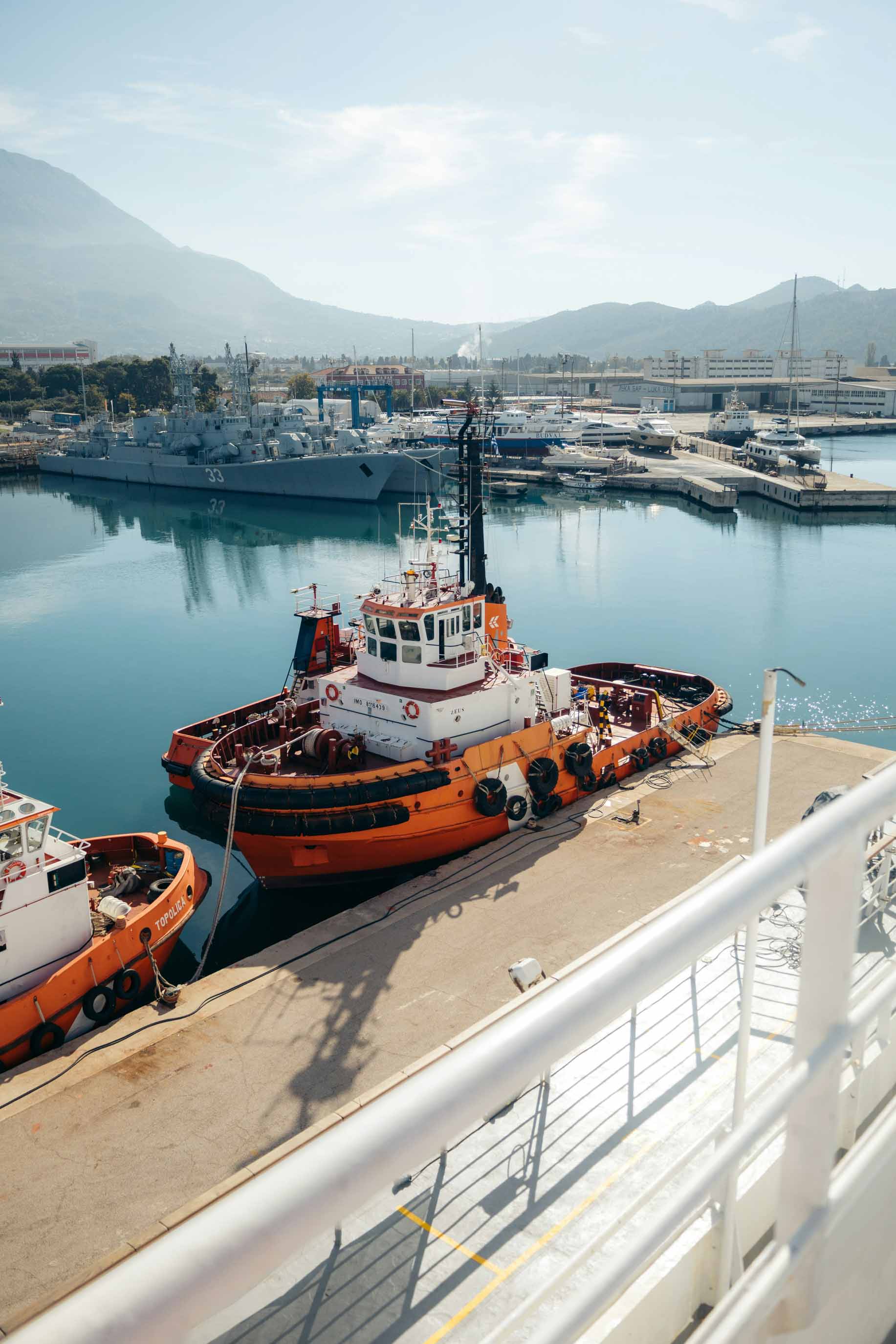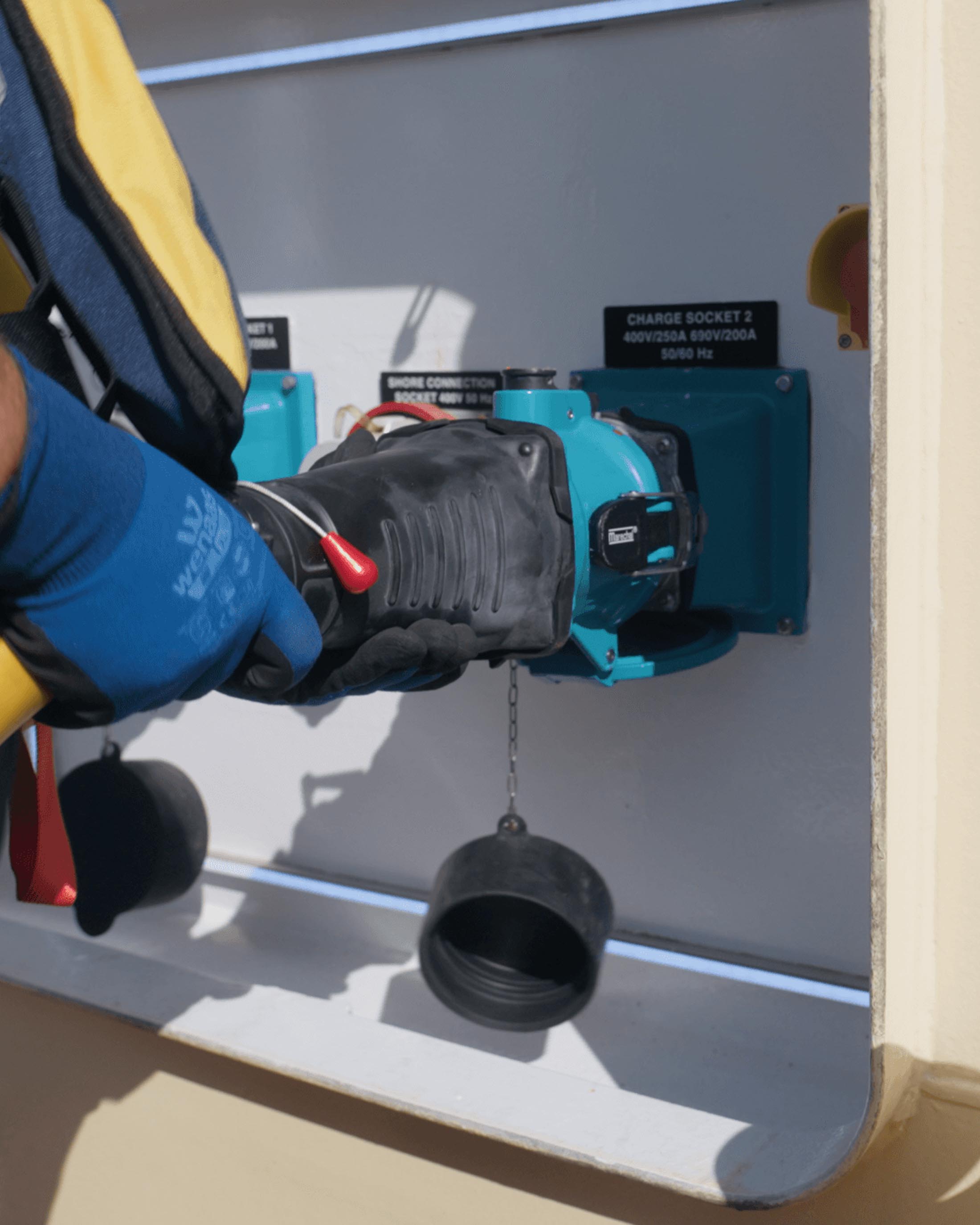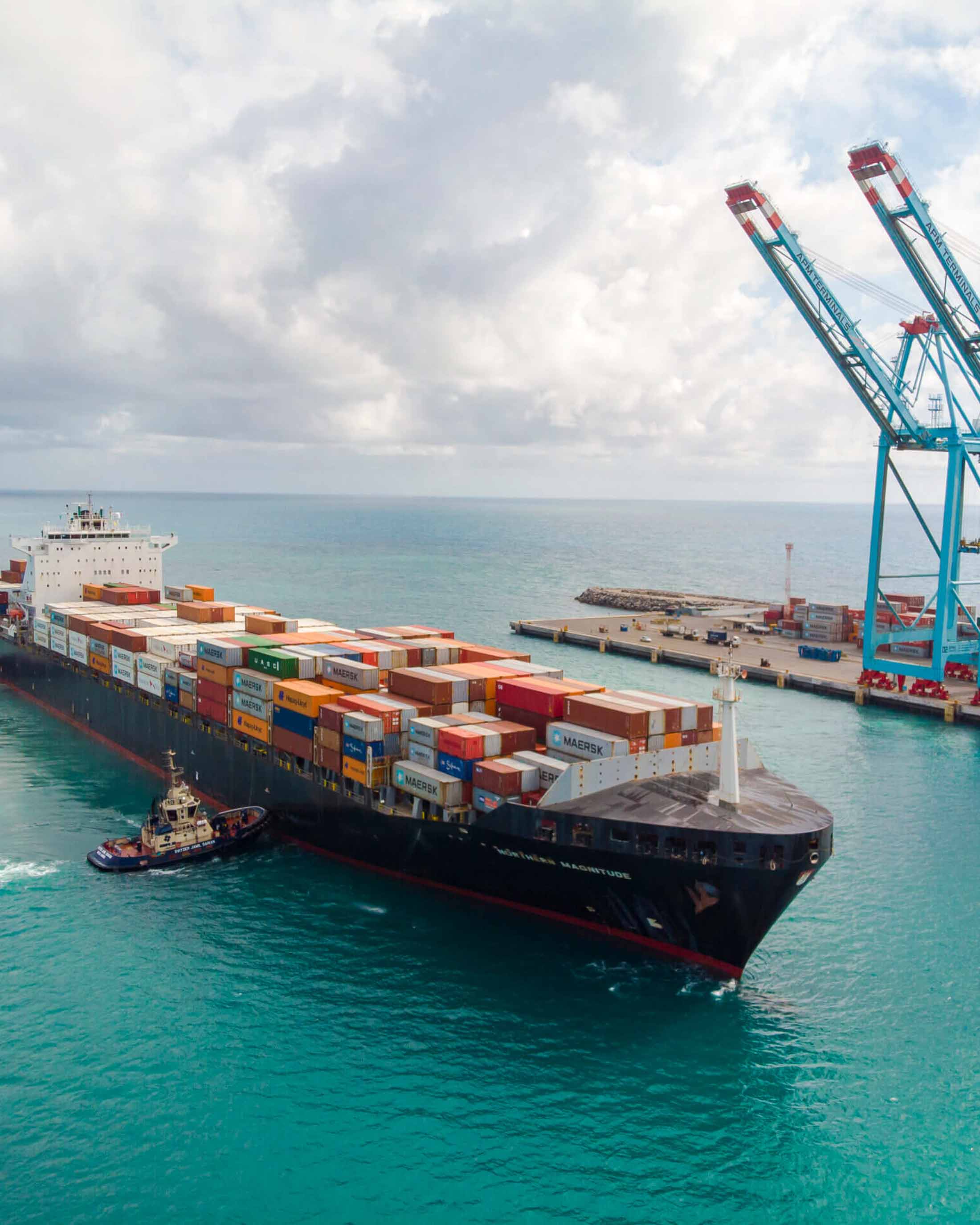No chain, no gain: the biggest rewards in maritime electrification are for the orchestrators
Welcome to the first edition of The Executive Exchange, a new content series in which our Managing Director Michiel Mol shares a fresh perspective on what's shaping some of the most essential industries today.
.jpg)
Maritime electrification: a systemic challenge.
Antwerp, Belgium - November 20th, 2025
A lot is happening in maritime these days. Legislation changes by the day, billions are being invested in modern vessels, shipping liners are placing their bets on alternative fuels, and the adoption of new technologies is quickly accelerating.
“Yet, a fair share of these investments is being made in isolation while the challenge actually is systemic”, Michiel notes. "And that's exactly why I'm zooming in on maritime electrification in this first ever edition of The Executive Exchange."
Let's dive in!



A towage provider leading the change.
So last week, I got in touch with one of the main commercial leaders of a global towage provider. This particular towage provider recently deployed its very first fully electric tugboat, with several more on order.
I think it’s fair to say that this company, and the forward-thinking leadership team that drives them, is really aiming to make an impact on the maritime industry.
And I applaud them for it.
However, what struck me most during this story was the sobering reality that lies behind this investment. While this towage provider is ready to transition their fleet to electric power, the surrounding port infrastructure isn't always keeping pace. And across ports worldwide, the differences in terms of infrastructure are also huge, making it very difficult for maritime businesses today to invest in electrification.
This became very clear to me when I travelled to the States back in October. We visited the ports of Long Beach and Los Angeles, for instance, and these ports were really miles ahead of many other European ports. Yet, they all are connected by sea.
A true disconnect that perfectly illustrates the most critical challenge facing maritime decarbonization today. The industry is at risk of solving parts of the problem in isolation, seldomly addressing the entire system. And in doing so, companies are betting millions without certainty of success.
When you're making decisions about which vessel to buy or to charter next - dual fuel, full electric, hydrogen, or ammonia - you're not just choosing a propulsion system. You're placing a bet on the future availability of an entire energy ecosystem.
The multi-million dollar gamble.
Innovation in energy has become an existential topic for any asset-heavy industry, but nowhere is it more acute than in shipping.
When you're making decisions about which vessel to buy or to charter next - dual fuel, full electric, hydrogen, or ammonia - you're not just choosing a propulsion system. You're placing a bet on the future availability of an entire energy ecosystem.
The analogy of buying an electric car and plugging it into your home charging station couldn't be further from reality for shipping companies. You might have the maritime equivalent of a Porsche, but without guaranteed access to fuel, you're left with an expensive piece of immobile steel.



The shore power dilemma: a case study in system complexity.
Let me illustrate with one of today's most pressing challenges in shipping's energy transition: shore power. At first glance, the solution seems straightforward: install fixed shore boxes at the quayside, and vessels can plug in while berthed.
But scratch beneath the surface, and you'll find a web of interconnected challenges that no single player can solve alone.
The urgency, however, is real and regulatory-driven. With FuelEU Maritime requiring ships berthed at EU ports for more than two hours to use shore power from 2030, and the EU Emissions Trading System (ETS) now including maritime emissions, the financial consequences of inaction are mounting. Every tonne of CO₂ emitted at berth becomes a reportable cost. Yet compliance isn't just about plugging in a cable. It requires an entire ecosystem to function.
Consider the infrastructure question. Major ports and terminals, like in Seattle for example, are finding they'll need to increase their power capacity massively by 2050 to support electrification goals, requiring tremendous capital investments in grid connections and distribution systems. Many local utilities simply don't have the capacity to deliver the power ports needed, and upgrading this infrastructure takes years of planning and investment.
Then there's the question of deployment strategy. Do you opt for Battery Energy Storage Systems (BESS), whether containerized units or fixed installations? If so, where do you deploy them? Who maintains them? How do you ensure a clean, reliable power supply? Who guarantees service levels to all beneficiaries? And critically, who owns or partially owns these battery assets?
Each question spawns a dozen more. Grid operators must upgrade capacity. Terminals need new infrastructure. Service providers must develop maintenance protocols. Financial institutions need to create new funding models. And shipping companies must commit to long-term operational changes. All while navigating evolving regulatory frameworks that penalize emissions, but don't yet provide clear pathways for infrastructure investment.
Leading maritime companies are targeting 50% carbon intensity reductions by 2030 and carbon neutrality by 2040. These aren't aspirational goals. They're commitments that require immediate action. But action without systemic coordination is action without guarantee of success.
Why this matters now.
For maritime executives, this systemic challenge represents both a risk and an opportunity.
Companies that continue to make isolated asset decisions are exposing themselves to stranded asset risk. Ports and shipping companies that successfully orchestrate systemic transitions will attract the most forward-thinking customers and partners. Those that don't, risk being left behind as regulations tighten and customer expectations evolve.
The sustainability imperative only reinforces the urgency. Leading maritime companies are targeting 50% carbon intensity reductions by 2030 and carbon neutrality by 2040. These aren't aspirational goals. They're commitments that require immediate action. But action without systemic coordination is action without guarantee of success.



A different approach: design the system first.
After working in maritime innovation for the last 15 years, I've learned a great deal: instead of buying revolutionary assets to pioneer from day one, you might be better off pioneering from day one by drawing out the entire system first.
This means defining all actors that will have to play a role in your newly defined ecosystem. It means setting clear mitigating strategies for ports and terminals all the way to shippers and service providers. And it also means defining how broad you want to define your role in this newly formed ecosystem to capitalize on as much value as possible.
This approach may feel like a lot of pre-work, but it ensures you will be hitting home runs later on. It ensures that when you do invest in that electric vessel, the charging infrastructure will be there. When you upgrade terminal capacity, the grid connection can handle it. When you commit to service levels, you have backup plans for supply disruptions.
Think of it as moving from individual optimization to system optimization. The maritime industry has always been a collaborative ecosystem. Successful shipping depends on ports, which depend on terminals, which depend on logistics providers. Energy transition simply makes this interdependence more explicit and more critical.
The path forward.
The companies that will lead maritime's energy transition won't be those with the most advanced vessels or the most ambitious sustainability pledges. They'll be the ones who understand that the energy question isn't about finding fitting technology, but about designing a fitting system and value chain.
This requires a fundamental shift in how we approach innovation.
Instead of asking "what asset should we buy?" we need to start with "what system do we need to design?".
Instead of siloed investment decisions, we need collaborative infrastructure planning.
Instead of betting on single technologies, we need to build resilient, multi-scenario strategies.
The conversation I had with this global towage operator last week reinforced what I already believed: in maritime's energy transition, nobody wins alone. The question isn't whether maritime organizations are ready for electrification. It's whether the entire value chain is ready, and if not, how one could bring everyone along together.
And at Made, with many years of experience in system design, we may just be the right partner to do that.
.jpg)




